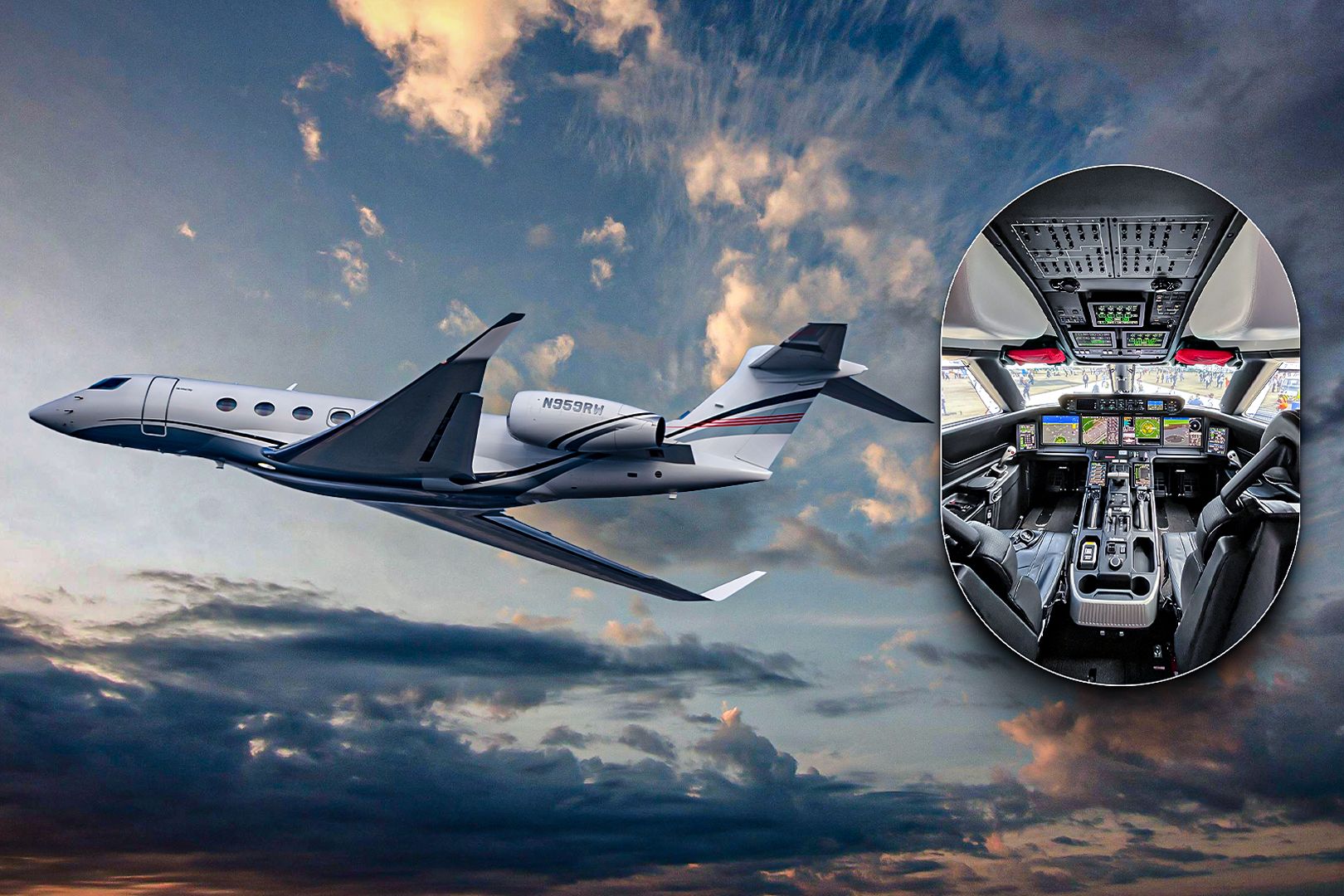Summary Type ratings define a pilot's ability to fly a specific aircraft based on its complexity, operation scope, and limitations. Pilot training for type ratings includes comprehensive ground school learning, simulator training, flight hours, and certification. Private pilots must adhere to type rating requirements for each aircraft type or family, with some room for exceptions under special circumstances.
Pilots go through extensive training and other requirements (such as medical, language proficiency, etc.) before obtaining a pilot's license. While the type of license (Private Pilot License PPL or Commercial Pilot License CPL) mainly dictates the type of flight operations a pilot can perform, some aircraft may come with their own type ratings.

Wherever applicable, a pilot must adhere to all requirements, including receiving the type rating of the aircraft. A type rating on a pilot's license authorizes the license holder the ability to fly that particular type and model of the aircraft. Depending on the aircraft's scope of operation, complexity, and limitations, type ratings can be broad or extremely specific.
Private aviation pilots are no exception to the rule if the aircraft they intend to fly is type-certified by the regulatory authority. What are type ratings, and why are they required? Are those different for each aircraft, or can they be combined? This article explores what type-rating regulations are and what it takes for pilots to acquire. Type rating requirements Depending on the aircraft's size, weight, and performance, the type rating may change, necessitating flight crew training and simulator time.
Notably, some aircraft with greater similarities to other aircraft may only require “delta training” for certification. As an aviation regulatory authority, the Federal Aviation Administration (FAA) in the United States requires certain aircraft types to be type-certified. It requires pilots to hold a type rating when operating the aircraft.
Exploring the limits and intricacies of collecting multiple type ratings in the aviation industry. According to the FAA, "A person who acts as a pilot in command of any of the following aircraft must hold a type rating for that aircraft. (1) Large aircraft (except lighter-than-air).
(2) Turbojet-powered airplanes (3) Other aircraft specified by the Administrator through aircraft type certificate procedures." Based on the FAA type rating requirements, the definition of each of the aircraft classifications is: Large aircraft : Any aircraft weighing over 12,500 lbs Turbojet-powered aircraft : Any aircraft powered by a jet engine, irrespective of size or weight. Other aircraft : The aircraft type certification procedures may determine unusual configurations, complex systems, or special (high) performance, requiring a separate type rating For example, irrespective of the size or weight of the aircraft, a regulatory body may require a high-performance aircraft (based on the aircraft's stall speed or never-exceed speed) to have a special type certificate.
As such, pilots intending to fly such types of aircraft must obtain a specific type rating. Aircraft type ratings Type ratings cover everything about the specific aircraft, from various components to flight operations, systems, and limitations. While pilots are expected to, and have, basic knowledge of flight operations, they go through both the theoretical and practical aspects of type training.
While the theory covers introduction to all systems and procedures, the practical curriculum enables pilots to use simulators to test their knowledge and gain further proficiency. Typical components of aircraft type rating training Ground school learning : In-depth theory of the aircraft's systems, performance, limitations, emergency procedures, and aviation regulations. Flight Simulator training : The use of advanced flight simulators to achieve hands-on experience in a controlled environment and simulated emergency scenarios.
Flight training: Actual flight hours on the aircraft under the supervision of a certified pilot/instructor. Training evaluation: A rigorous assessment of the program by an authorized assessment specialist. Certification : Issuance of certification after verifying the pilot's competence in aircraft operations.
Private pilots intending to fly a specific aircraft type or multiple aircraft of the same family must check the type rating requirements for each aircraft. It is common for private aircraft manufacturers to share type ratings across several aircraft, depending on the weight, size, and commonality between the models. It is noteworthy that type ratings for a single aircraft may be different from the jurisdiction in which it is registered and/or flown.
When do private pilots require type ratings? Private pilots with one type rating can fly any aircraft with the same rating. For example, the Gulfstream G350, G450, G500, and G550 share the same G-V type rating. Pilots with the G-V type rating can legally fly all these aircraft within the same jurisdiction.
It is worth mentioning that irrespective of the same type rating, operators may require pilots to go through their aircraft-specific training, a differences or similarities course, or specified number of hours in the aircraft-specific simulator. Manufacturers aim to have common type ratings for similar aircraft. The exceptions There can be certain exceptions in the requirements for type training.
Pilots may receive certain authorizations which enable them to operate certain types of flights: Without a specific type rating Having a similar type rating, or While waiting for the appropriate type rating Specialized operations such as ferry, test, or training flights can receive exceptions under specific circumstances. A single rating for multiple jets..



















